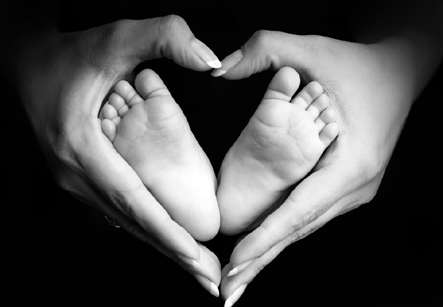Pediatric Heart Surgery
Introduction
Heart surgery in children is done to repair congenital heart defects (present since birth) and heart diseases a child gets after birth that need surgery. The surgery is needed for the child’s growth and well-being.
Procedure:
• There are many kinds of heart defects. Some are minor, and others are more serious. Defects can occur inside the heart or in the large blood vessels outside the heart.
• One surgery may be enough to repair the heart defect, but sometimes a series of procedures is needed.
• A typical surgery for repair of congenital heart defect:
• An incision is made through the breastbone (sternum) under general anesthesia (the child is unconscious and does not feel pain).
Iran is among the top 10 countries in treating cardiovascular diseases, while it ranks first in the Middle East

• Tubes are used to divert the blood through a special pump called as heart-lung bypass machine. This machine maintains breathing and circulation till the surgery is over.
• Using the machine allows the heart to be stopped. This is helpful in repair of the heart muscle itself, the heart valves, or the blood vessels outside the heart. After the repair, the machine is removed and the heart is started again. The breastbone and the skin incision are sutured.
• For some heart defect repairs, the incision is made on the side of the chest, between the ribs. This is called a thoracotomy. This surgery is done using special instruments and a camera.
Indications:
• Some heart defects need repair soon after birth. For others, it is better to wait months or years. Certain heart defects may not need to be repaired.
• In general, symptoms that indicate that surgery is needed are:
• Blue or gray skin, lips, and nail beds (cyanosis). These symptoms indicate insufficient oxygen in the blood (hypoxia).
• Difficulty in breathing due to lung congestion
• Problems with heart rate or rhythm (arrhythmias)
• Poor feeding or sleeping
• Lack of growth and development of a child
Risks:
Risks for any surgery include:
1. Bleeding
2. Infection
3. Adverse reactions to medicines
4. Problems in breathing
Additional risks of heart surgery are:
1. Blood clots in the leg veins
2. Air bubbles in the blood vessels
3. Pneumonia
4. Irregularity of heartbeat (arrhythmias)
5. Heart attack
6. Stroke
Before the Procedure
If the child is talking, tell them about the surgery. If a preschool-aged child is to be operated, tell them the day before about what is going to happen. Mental preparation of child is very important.
In case of older child, start talking about the procedure 1 week before the surgery. The child’s life specialist should be involved to show the child the hospital and surgical areas.
The child may need to undergo many different tests:
1. Blood tests such as complete blood count, electrolytes, clotting factors, and cross match
2. X-rays chest
3. Electrocardiogram
4. Echocardiogram
5. Cardiac catheterization
6. History and physical examination
In case of older child, start talking about the procedure 1 week before the surgery.
Always tell the child’s doctor or nurse what drugs the child is taking. Include drugs, and vitamins that are bought even without a prescription.
If your child is taking blood thinners such as warfarin or heparin, these should be stopped at least a week before surgery.
On the day of the surgery:
The child should not to drink or eat anything after midnight the night before the surgery.
Necessary drugs are given with only a small sip of water.
Recovery:
Most children who have open-heart surgery need to stay in the intensive care unit (ICU) for 2 to 4 days after surgery. The hospital stay is for about 5 to 7 days more after they leave the ICU.
In the ICU, the child usually has:
1. An endotracheal tube and a respirator to help with breathing. The child is kept sedated while on the respirator.
2. One or more small tubes in a vein (IV line) to give fluids and medicines
3. A small tube in an artery
4. One or 2 chest tubes to drain air, blood, and fluid from the chest wound
5. A tube through the nose into the stomach (nasogastric tube) to empty the stomach and feed the child for several days
6. A tube in the bladder to drain and measure the urine for several days
7. Monitors to check the vitals
Some children may begin eating or drinking on their own within 1 or 2 days, but others may take longer. After discharge from the hospital, parents and caregivers are taught about activities of the child, care of the incision and medications.
At least several more weeks at home are required for full recovery. Talk with the doctor about when the child can return to school or daycare.
Follow-up visits with a cardiologist are necessary every 6 to 12 months.
Outlook
The outcome of heart surgery depends on the child’s condition, the type of defect, and the type of surgery that was done. Many children recover completely and lead normal lives.